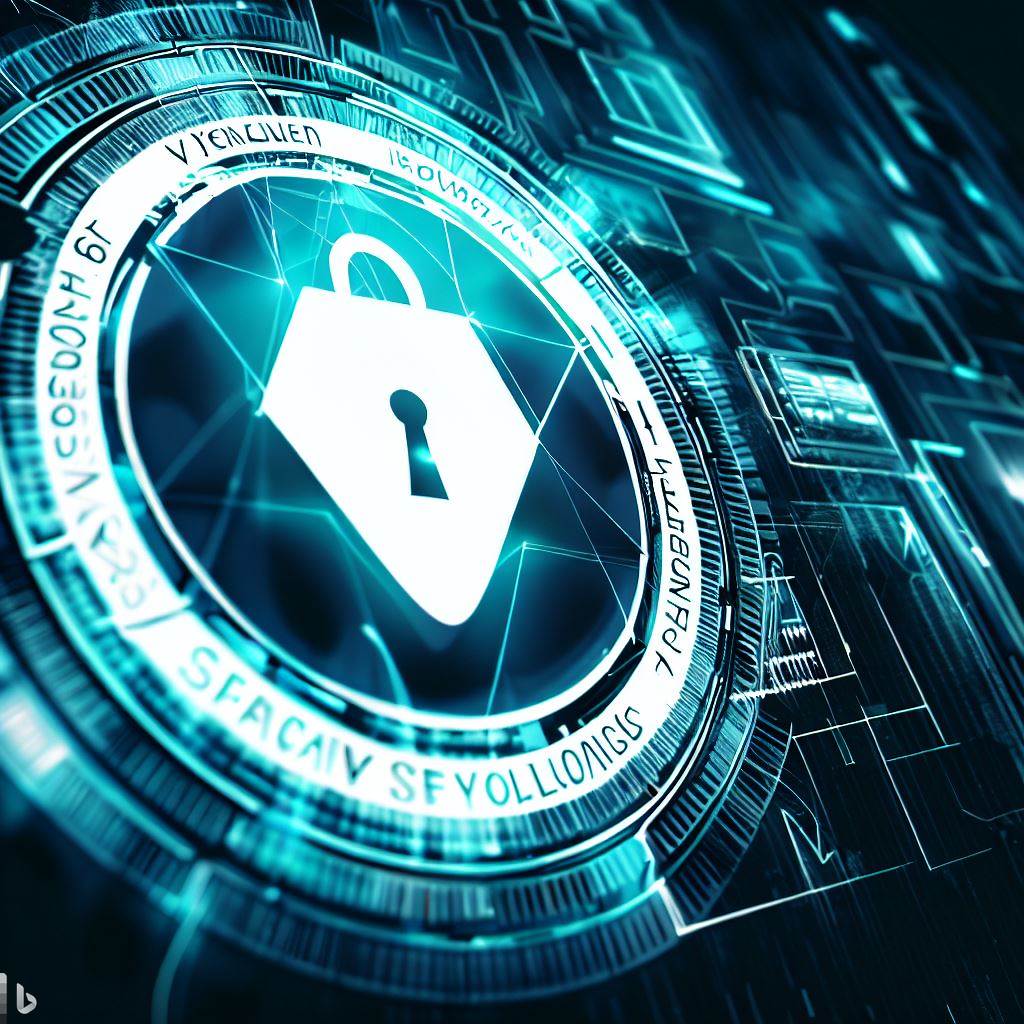 Piergiorgio Venuti
Piergiorgio Venuti
Protect your company with a continuous vulnerability assessment service: the perfect solution to integrate VA and PT
Estimated reading time: 5 minutes
Cybersecurity has become a fundamental pillar of modern businesses, and with the increase of threats and risks, it is imperative to adopt ever more advanced protection measures. In this context, the Vulnerability Assessment (VA) and the Penetration Test (PT) play a crucial role. However, it is also necessary to consider the importance of an ongoing vulnerability assessment service to guarantee complete and constant protection. In this article, we’ll dive into why ongoing VA service is imperative, in addition to performing regular VA and PT, and how Secure Online Desktop service can improve corporate security.
1. Vulnerability Assessment and Penetration Test: an overview
Before we look at the benefits of an ongoing vulnerability assessment service, it’s important to understand the differences between VAs and PTs.
1.1 Vulnerability Assessment (VA)
Vulnerability Assessment is a process that identifies and evaluates potential vulnerabilities in an organization’s computer systems, applications and networks. The main objective of the VA is to detect weaknesses and evaluate their impact on the overall security of the IT infrastructure. This process can be accomplished through various techniques, such as automated scanning, manual scanning and application testing.
1.2 Penetration Test (PT)
Penetration testing, on the other hand, is a more advanced and targeted approach, which involves carrying out simulated attacks against a system or application to evaluate its resistance to external threats. This process goes beyond simply discovering vulnerabilities, as it seeks to exploit them to gain access to the organization’s protected resources. In this way, the PT makes it possible to evaluate the effectiveness of existing security measures and to identify any areas for improvement.
2. Why is ongoing VA service important?
While VA and PT are critical to ensuring cybersecurity, they may not be enough to address the ever-changing threat landscape. Here are some reasons why it is essential to adopt a continuous VA service:
2.1 Evolving threats
The cyber threat landscape is constantly changing, with new vulnerabilities emerging daily. A continuous VA service allows you to constantly monitor your IT infrastructure, identifying and evaluating new vulnerabilities as they are discovered. In this way, it is possible to protect the organization from emerging threats and ensure adequate cyber security.
2.2 Real-time monitoring
A continuous VA service provides real-time monitoring of vulnerabilities, allowing any weaknesses to be detected and corrected promptly. This proactive approach helps reduce your exposure time to threats and minimize the risk of cyberattacks.
2.3 Saving of time and resources
An ongoing VA service can help optimize resource allocation, allowing you to quickly identify critical areas and focus on the most urgent resolution actions. In addition, the ability to continuously monitor your IT infrastructure reduces the time required for periodic testing and helps identify vulnerabilities before an attack occurs.
3. Continuous Vulnerability Assessment systems
Continuous VA services can be implemented through various systems and technologies, which allow for constant and automated monitoring of the IT infrastructure. Among the main continuous VA systems, we find:
3.1 Automated Network Scanning
Automated network scanning is a technique that allows you to identify and analyze vulnerabilities in an organization’s network infrastructure. This process runs on an ongoing basis, providing an up-to-date view of the security status of your network and allowing you to quickly pinpoint any issues.
3.2 Web Application Monitoring
Web application monitoring is another key aspect of ongoing VA. This process consists in the constant analysis of web applications, to identify and evaluate potential vulnerabilities, such as configuration errors, code problems or weaknesses in application design.
3.3 Integration with vulnerability management systems
An ongoing VA service can be integrated with vulnerability management systems, which allow you to centralize and coordinate vulnerability detection and remediation activities. This approach allows you to effectively manage the VA process, constantly monitoring vulnerabilities and automatically activating the necessary resolution actions.
4. Secure Online Desktop: the continuous VA service to increase company security
The continuous VA service offered by Secure Online Desktop is designed to guarantee complete and constant protection of the corporate IT infrastructure. By integrating the continuous VA service with periodic VA and PT activities, it is possible to obtain an effective defense against cyber threats and maintain a high level of security.
Secure Online Desktop offers a flexible and scalable approach that can be tailored to the specific needs of any organization. Among the main advantages of the continuous VA service of Secure Online Desktop, we find:
- Constant vulnerability monitoring, for up-to-date protection against emerging threats;
- Reduce time exposed to threats by identifying and remediating vulnerabilities early;
- Optimization of resources, thanks to the ability to focus on critical areas and solve problems quickly;
- Integration with periodic VA and PT processes, for a complete and consistent IT security strategy.
5. Conclusion
In an increasingly connected and digitized world, cyber security has become a top priority for companies. Adopting a continuous vulnerability assessment service, in addition to carrying out regular VA and PT, is essential to ensure adequate and constant protection against cyber threats.
Secure Online Desktop’s continuous VA service offers an excellent solution to increase corporate security, thanks to its ability to constantly monitor the IT infrastructure and integrate seamlessly with VA and PT activities. This comprehensive and proactive approach allows you to effectively address the ever-changing threat landscape and protect corporate assets.
Useful links:
Customers
Twitter FEED
Recent activity
-
SecureOnlineDesktop
Estimated reading time: 6 minutes L'impatto crescente delle minacce informatiche, su sistemi operativi privati op… https://t.co/FimxTS4o9G
-
SecureOnlineDesktop
Estimated reading time: 6 minutes The growing impact of cyber threats, on private or corporate operating systems… https://t.co/y6G6RYA9n1
-
SecureOnlineDesktop
Tempo di lettura stimato: 6 minuti Today we are talking about the CTI update of our services. Data security is… https://t.co/YAZkn7iFqa
-
SecureOnlineDesktop
Estimated reading time: 6 minutes Il tema della sicurezza delle informazioni è di grande attualità in questo peri… https://t.co/tfve5Kzr09
-
SecureOnlineDesktop
Estimated reading time: 6 minutes The issue of information security is very topical in this historical period ch… https://t.co/TP8gvdRcrF
Newsletter
{subscription_form_1}© 2024 Cyberfero s.r.l. All Rights Reserved. Sede Legale: via Statuto 3 - 42121 Reggio Emilia (RE) – PEC [email protected] Cod. fiscale e P.IVA 03058120357 – R.E.A. 356650 Informativa Privacy - Certificazioni ISO












